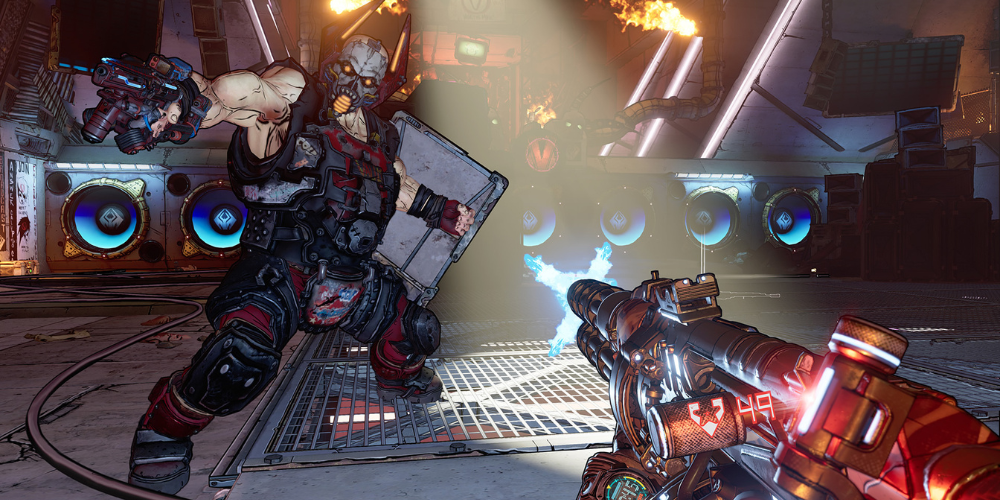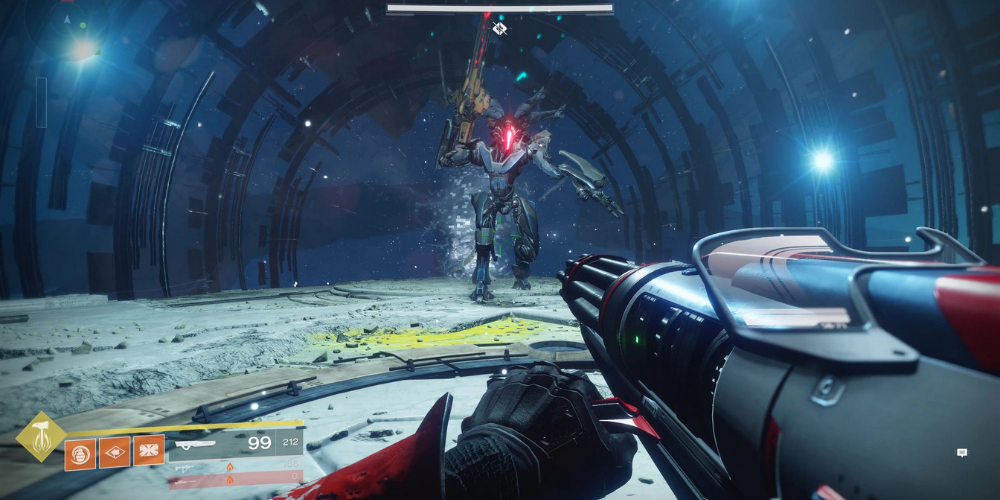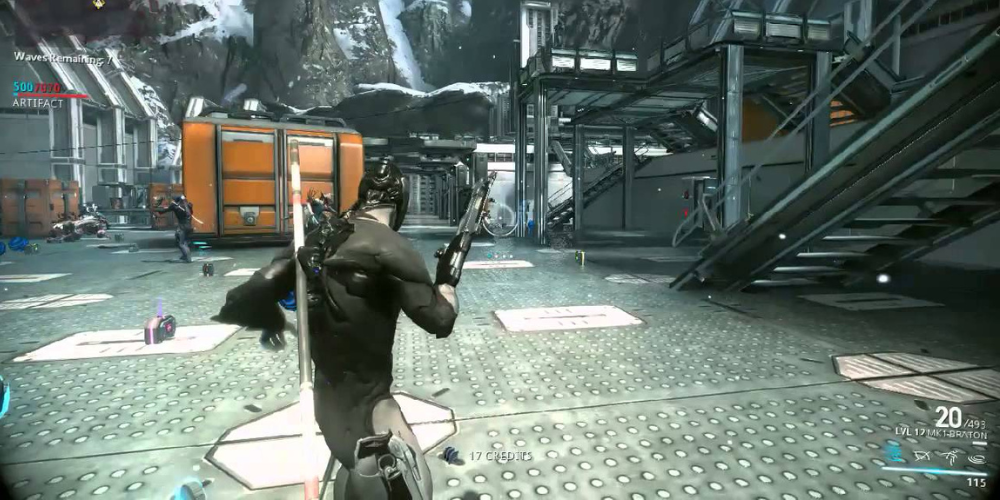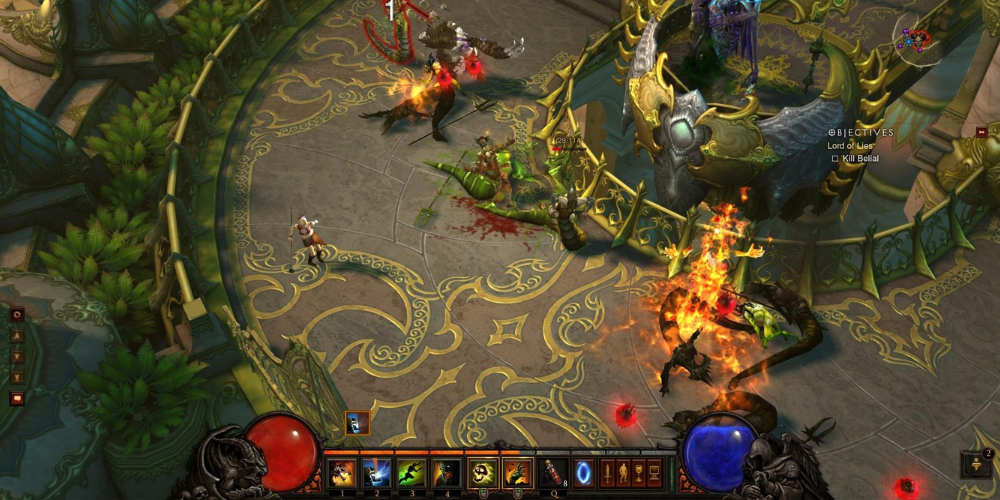Top-5 Compelling Alternatives to "Borderlands" Worth Your Time

The looter-shooter genre of video games, popularized by the Borderlands series, successfully combines the thrill of action-packed combat and the satisfaction of finding hidden treasure into a single package. If you've binged through the Borderlands series and are looking for similar games that offer a unique blend of action, loot, levelling up, and strategic gameplay, here are five top Borderlands alternatives.
1. The Division 2

Introduction to The Division 2
The Division 2, developed by Massive Entertainment and published by Ubisoft, stays true to the looter-shooter genre while offering a unique multiplayer experience set in a post-apocalyptic Washington D.C.
Gameplay
The Division 2 is played from a third-person perspective and emphasizes cooperative gameplay. The game requires players to strategize and work together to complete missions and objectives, offering a host of weapons, gear, and abilities to enable various tactical approaches. Players have to battle against AI enemies and hunt for gear and weapons to become stronger and capable of tackling more challenging missions.
Story and Setting
The game's narrative revolves around the aftermath of a pandemic that decimates the population, leaving Washington D.C in chaos and anarchy. As part of the Division, players are tasked with restoring order and preparing for a potential second wave of the pandemic.
2. Destiny 2

Introduction to Destiny 2
With an expansive universe of unique alien species and futuristic weapons, Bungie's Destiny 2 is an online multiplayer game that presents a unique mix of first-person shooter and MMORPG genres, sure to captivate Borderlands fans.
Gameplay
As a shared-world shooter, Destiny 2's gameplay revolves around cooperative, competitive multiplayer, and public events in a variety of planetary locations. It offers deeply versatile character customization, as players can tailor their Guardian with distinct abilities, armor, and weapons. The game specializes in offering an extensive range of loot and a myriad of missions, strikes, and raid activities that challenge players.
Story and Setting
Set in a mythic science fiction universe, Destiny 2's narrative follows the path of Earth's protectors, known as Guardians, who wield power from a celestial entity called the Traveler to protect the Last City from various alien races.
3. Warframe

Introduction to Warframe
Free to play but packed with content, Warframe from Digital Extremes takes players to a war-torn future where they control powerful exoskeletons to battle across the solar system.
Gameplay
Warframe combines elements of third-person shooter and RPG in a cooperative multiplayer environment. Players assume the role of a Tenno, ancient warriors who control Warframes - specialized suits equipped with unique abilities and weapons. Players can engage in both PvE and PvP modes, along with raids and open-world explorations, while constantly upgrading and modifying their Warframes.
Story and Setting
The narrative in Warframe, although complex, paints a picture of a solar system at war, where the Tenno are awakened from centuries of cryosleep to find themselves at odds with different factions. The game excels in its world-building, with each planet offering a unique biome and enemy types.
4. Diablo III

Introduction to Diablo III
Blizzard's Diablo III is a classic hack-and-slash action RPG that presents a different take on the looter-shooter formula but maintains the emphasis on action and loot that fans of Borderlands would appreciate.
Gameplay
Diablo III's gameplay is largely centered around combat and looting. The game emphasises monster slaying and dungeon crawling, offering seven different character classes each with unique abilities. Players complete quests and defeat hordes of enemies, finding powerful artifacts and gear in the process. The game also offers a cooperative multiplayer mode where players can join forces to take on harder challenges.
Story and Setting
Diablo III’s story takes place in Sanctuary, a dark fantasy world terrorized by demons. Players find themselves in the middle of this conflict, fighting both the forces of Hell and the corrupted High Heaven, to safeguard the world.
5. Titanfall 2

Introduction to Titanfall 2
Respawn Entertainment's Titanfall 2 offers fast-paced first-person shooter action with a unique twist - giant mechs. It brings exhilarating combat, a deeply engaging single-player campaign, and competitive multiplayer modes.
Gameplay
In Titanfall 2, players switch between playing as agile pilots and hulking Titans, creating a dynamic gameplay experience. It blends traditional on-foot first-person shooting with exciting mech combat, where players control Titans - large mechs capable of devastating combat abilities. The game boasts a short but standout single-player campaign and a highly competitive multiplayer mode.
Story and Setting
Set in a distant future where corporations fight for control over the resources of distant habitable planets, Titanfall 2’s story follows a rifleman thrust into piloting a Titan, with the pair needing to cooperate to survive and complete their mission.
All these games uphold the thrill of Borderlands' gameplay with their unique twists and engaging narratives. Whether you're defending Earth from alien invasions or battling through a post-apocalyptic city, these games promise a blend of exhilarating combat and rewarding loot systems. Happy gaming!








